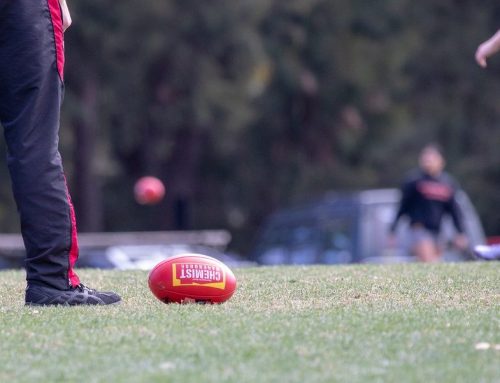A client presented to me with right sided gluteal pain, which she had been experiencing for about a month after a stressful incident.
My client had previously seen a range of allied health practitioners and because of this had a thorough understanding of the condition. Due to the client’s profession however, she hadn’t been able to take the time to adequately perform her rehabilitation on a daily basis.
The client had never experienced Myotherapy before and was curious to see how it would help. I conducted a series of tests to get an outline of her pelvis, hip and lumbar movement and mobility. I identified muscles that were hindering her ability to function pain-free and the compensations that had arisen as a result of her initial complaint.
We spoke about the pelvis and its requirement to transfer force from the lower limb up through the spine and the requirements of the muscular system to support these movements. I then applied soft tissue techniques to the various muscles of the pelvis and hips that were hindering normal gait function and a strong stable foundation, mainly being bilateral TFL, ipsilateral iliacus, contralateral adductor longus and the right gluteal complex to impact on pain
Post treatment assessment the client was able to walk with a normal gait and she reported feeling a lot more stable within her body and the initial pain had subsided. We built on the original conversation and we found there was a deficit in the amount of resistance based training she was performing.
Unfortunately she had been through a negative experience with the local gym and as a result stopped going. I mentioned the importance of strength and keeping the body strong to ensure the ability to go about our day easily.
When I reviewed her at the second appointment the stress within her life had subsided and the original pain was significantly less. We performed the same treatment with a few tweaks and we organised an appointment with an Exercise Physiologist in the area with the aim to go weekly for rehabilitation as well as an introduction back into exercising.
Prior to my client’s appointment, we ensured the Exercise Physiologist was aware of the client’s concerns and presentation and the goals we wished to achieve. The Exercise Physiologist was open to communication and helping the client achieve her goals.
The client was very pleased with the outcome and I advised her that it is a condition that needs to be managed and in collaboration with the Exercise Physiologist, I gave her some exercises and some self – treatment techniques to empower her to be able to keep her pain free. She is currently still seeing the Exercise Physiologist weekly and has Myotherapy as a ‘tune up’ which she finds is crucial to maintaining all aspects of health and wellbeing.
Caitlin Smith – Elite Myotherapist







